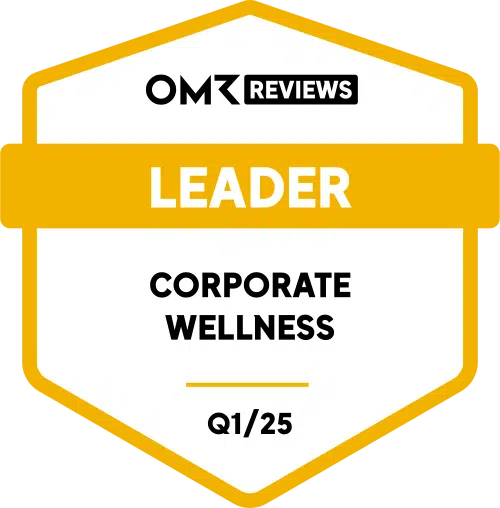Workplace health promotion refers to the systematic planning, organization and implementation of measures to promote the physical, mental and social health of employees in a working environment. The aim is to create a health-promoting working environment and to maintain or improve the health of employees. Workplace health promotion encompasses a wide range of activities, including health promotion programs, ergonomic workplace design, stress management measures, addiction prevention, nutritional advice, fitness offers and measures to promote work-life balance. By integrating WHP measures into the corporate culture, employers can maintain and increase the health and performance of their employees in the long term, reduce sickness absence and improve job satisfaction and the working atmosphere.
By integrating these measures into the corporate culture, employers can maintain and increase the health and performance of their employees in the long term, reduce sickness absence and improve job satisfaction and the working atmosphere. In addition, comprehensive workplace health promotion contributes to employee retention by showing that the company cares about the well-being of its employees and considers them an important part of the organisation.
Another important aspect of workplace health promotion is the sensitisation and training of managers. Through training in health management and stress prevention, managers can be empowered to promote the health of their employees, recognise warning signs at an early stage and respond appropriately. Open communication and a supportive working environment in which employees feel safe to talk about their health needs are also crucial to the success of health promotion measures.




